Inspired by faith at Wakefield Cathedral
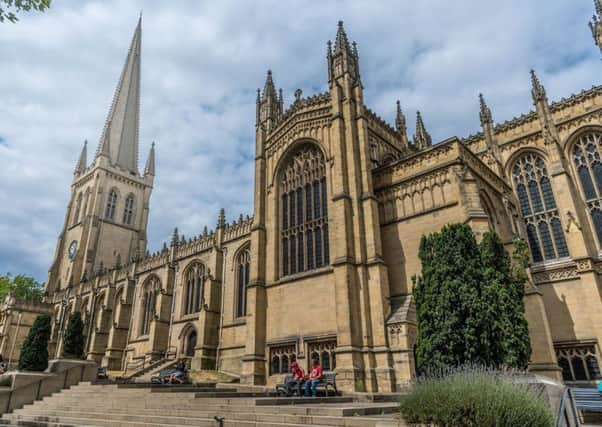

The Domesday book of 1086 mentions a church in Wakefield and four years later William II gave the church and land in Wakefield to Lewes Priory in Sussex. Shortly afterwards a Norman church was built.
The ecclesiastical site has seen quite a number of alterations and rebuilds. The Rev JL Sisson in Historic Sketch of the Parish Church Wakefield (1824) said there appeared to have been three distinct buildings.
Advertisement
Hide AdAdvertisement
Hide AdThe first of these, the Norman edifice “remained until the beginning of the reign of Edward III [1327]”. The second church consisted of three aisles but, with the exception of the tower and spire, was entirely demolished around 140 years later, another structure rising in its place in the Perpendicular Gothic style. Sisson states, the south side of this third church was entirely rebuilt in 1724 and towards the end of the 18th century the north side and east end were also rebuilt, and a vestry added.
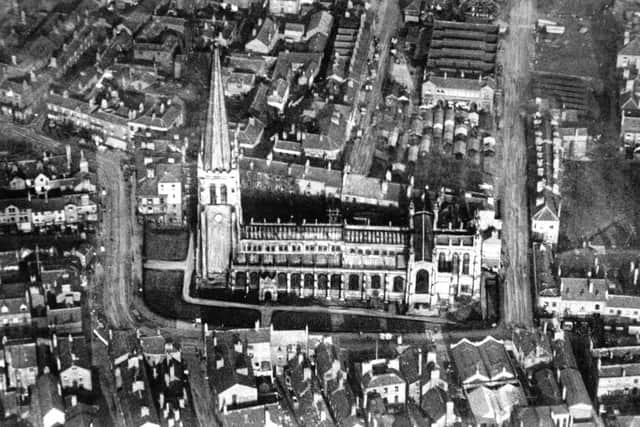

Wakefield Cathedral’s tower and spire – presently the highest in Yorkshire at 247ft – were added between 1409 and 1420 and suffered damage in 1817. The state of the church at this time had been a matter of concern and there was a desire for restoration work to be undertaken. To this end, a restoration committee turned to Sir George Gilbert Scott.
Among the other Yorkshire churches Scott was involved with during a celebrated career were St Mary’s Church, Mirfield; St John’s Church, Bilton, Harrogate; St George’s Minster, Doncaster; St Thomas’s Church, Huddersfield; and All Souls, Leeds.
Wakefield’s Canon Camidge and his church wardens consulted Sir Gilbert Scott in March 1857 when a report was drawn up on the condition of the Wakefield church. Sir Gilbert recommended that the tower and spire should be undertaken first, as they were decaying rapidly. He also suggested that if the church were re-seated it should be done with oak.
Advertisement
Hide AdAdvertisement
Hide AdThe formal reopening of Wakefield Parish Church, after undergoing restoration during the previous 17 years at a cost of upwards of £20,000, took place on November 4, 1874. According to newspaper reports, the restoration included the re-casing of the tower in 1859, the erection of a magnificent spire in 1860, the removal of the galleries, the substitution of open stalls for large family pews, the insertion of a number of painted glass windows, a valuable reredos, and new systems of lighting and heating.
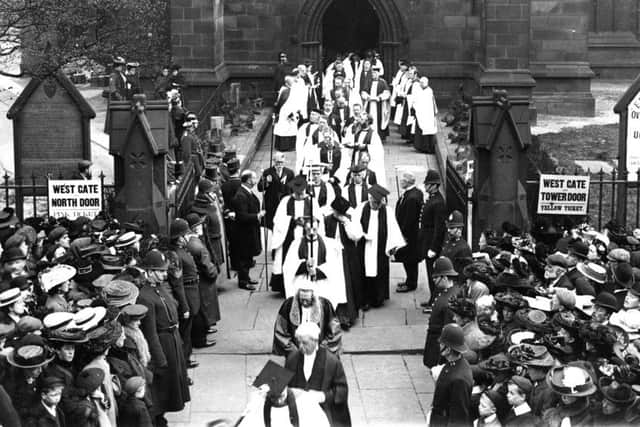

During the morning of the re-opening there was a celebration of Holy Communion. Shortly after 11am a procession was formed at the Church Institution and moved along the crowded streets to the church. The church was crammed and hundreds of people were unable to gain admission. Further celebrations continued throughout the day.
In 1888, the Diocese of Wakefield was created and Wakefield’s All Saints Church became the cathedral of the diocese.
On Easter Tuesday, 1905, a new portion of Wakefield Cathedral, erected as a memorial to the late Bishop Walsham How, at a cost of £50,000, was consecrated by Bishop Eden. This was in the presence of the head of the Northern Province, a number of bishops from every part of the country, and a gathering of churchmen from the diocese.
Advertisement
Hide AdAdvertisement
Hide AdThe memorial consisted of an extension of the chancel; a handsome reredos; and beyond it a retro-choir with chapel and transepts branching north and south.
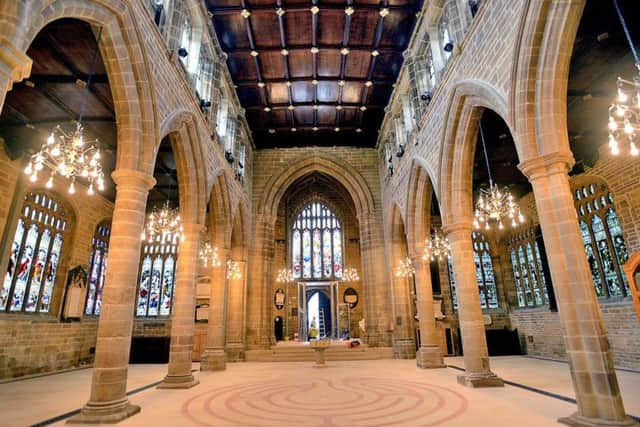

The extension scheme was designed by the late JI Pearson with the work carried out by his son Frank L Pearson. It was stated the old features of the building had not been materially disturbed, but the new portions blended with the old harmoniously.
The consecration service, opening the proceedings of a busy day, was made an event of the highest ecclesiastical importance. The city was en fete with flags and banners on every hand, whilst the cathedral bells rang out. Ecclesiastical dignitaries descended upon the city from all parts of the province and beyond. The cathedral was crowded in every part though admission could only be obtained by ticket.
In April 1905 it was announced about 10ft of the cathedral’s spire would have to be rebuilt as one of the stones was found to be cracked. In connection with the work an interesting ‘find’ was made. In the vane of the weathercock was a receptacle of hammered copper which, when opened, contained ancient records about the spire.
Advertisement
Hide AdAdvertisement
Hide AdOn July 14, 1953, Wakefield Cathedral was designated a Grade I listed building and in 1982, Treacy Hall was built in memory of Bishop Treacy. In the same year the Chantry chapel, on Wakefield Bridge, was brought under the care of the cathedral following a boundary change.
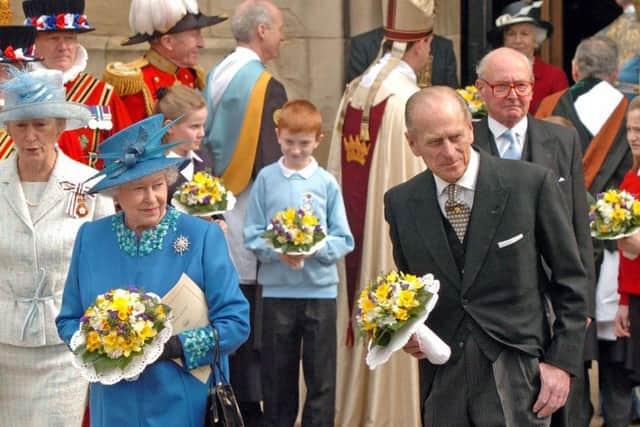

A prestigious event occurred at the cathedral on March 24, 2005, when the Queen and Duke of Edinburgh visited for the ancient Royal Maundy Service. Amid tight security, the Royal party travelled from Westgate station to the cathedral along streets lined with crowds of children waving flags. During the cathedral service 79 men and 79 women were presented with specially-minted Maundy money.
On Sunday. May 15, 2016, Wakefield Cathedral held its first Sunday services after £6.5m renovations which had stretched over five years. The revamp included the removal of pews, an overhaul of the nave, new lighting, levelling a floor, cleaning the walls, and a renewed St Mark’s chapel. The crypt and the Chapter House were also renewed.